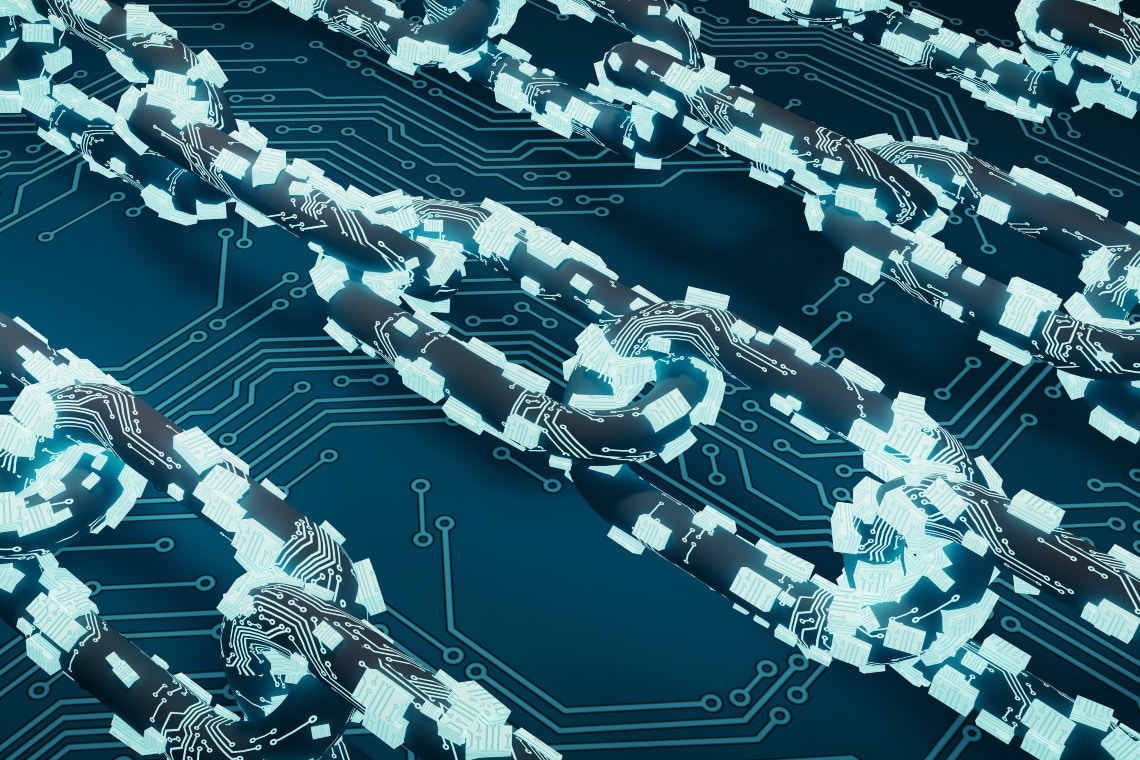Cartesi is a project that is developing a Virtual Machine on blockchain based on Linux and Ethereum, through which rollups and dApps can be created.
A few days ago it announced that the launch of the mainnet is approaching.
Summary
Blockchain news: the launch of Cartesi’s mainnet
Cartesi Rollups is approaching a stage of development ready for the launch of the mainnet.
In reality, from a strictly technical point of view, it would not be accurate to refer to it as a “mainnet” in this case, since it is a specific execution environment that can be deployed as layer 2 or layer 3, but is not a layer 1 blockchain or dApp.
However, dApps created using Cartesi will actually go on the mainnet.
Thus, Cartesi Rollups will be mainnet-ready with the launch on mainnet of the first Cartesi-based dApp, which will be Honeypot.
Honeypot is a dApp that will be launched on the Ethereum mainnet for the purpose of launching and running a hacking challenge.
Indeed, it will contain real assets with the dual goals of creating a financial benchmark for secure asset management, and providing a gamified battleground for the community.
Unlike classic bug finder bounties, and capture-the-flag events, to win this challenge you will not need to submit a hacking recipe, and there will be no hidden elements to discover. Simply piercing the honeypot (honey jar) will allow you to take home the entire loot, no strings attached.
What is Cartesi and what is the goal of its blockchain product?
Cartesi is a rollup execution layer specifically for applications with a Linux runtime.
Cartesi rollups can be implemented as layer 2, for example on Ethereum, or as layer 3, for example on Optimism, Arbitrum, zkEVM chains, or even as sovereign rollups. It serves to open up the design space to more expressive and computationally intensive blockchain applications.
Since dApps in this way are deployed on their own customizable rollup chains specific to the applications themselves, they do not compete with each other within the ecosystem for resources. This provides Ethereum and its Layer 2s with several orders of magnitude more computational capacity.
The CTSI token
Cartesi also has its own token, called CTSI, present on the Ethereum blockchain as well as on the Arbitrum blockchain and BSC chain.
Since the announcement of the approaching launch of the mainnet, its market value has jumped from $0.15 to $0.29, nearly doubling within two days. It subsequently fell to the current $0.24.
Although this is still 86% lower than the high of May 2021, when it even surpassed $1.7, it is nevertheless significantly higher than the $0.05 it had before the start of the last big bull run.
It is worth noting that the initial launch price in April 2020 was below $0.04, or six times less than the current level.
After also falling below $0.10 during 2022, it has posted an excellent +136% so far in 2023, with the market capitalization back above $240 million.
This is a low level of capitalization, though not very low, which puts this token in the fourth or fifth tier. It is enough to consider that, for example, Arbitrum’s ARB capitalizes over $2 billion, almost ten times as much.
The Community Grants Program
In early 2023 Cartesi launched its Community Grants Program (CGP), with the goal of expanding the network of its contributors who are building its ecosystem.
One million dollars has been made available for the CGP in 2023 alone, and to encourage idea sharing, foster greater collaboration, increase transparency, and attract new contributors the Cartesi Foundation encourages all grantees to engage with others on its public Discord channels.
Rollups
The first to argue that rollups could be an important part of the development of the Ethereum ecosystem is co-founder Vitalik Buterin himself.
Indeed, layer 2s are not enough, precisely because they consume a lot of resources and can be bottlenecks.
Rollups, like Cartesi’s, can use their own resources, without burdening those of layers 1 or 2 on which they rely.
Moreover, hundreds, if not thousands, of them can coexist, increasing the computational potential of the ecosystem by several orders of magnitude.
However, they must be based on secure layer 1 or layer 2, otherwise one of the major advantages of decentralized blockchains is lost.
Cartesi however is not the only project working on rollups on Ethereum. In fact, there are already even more advanced ones. The beauty is precisely the extreme openness and freedom of decentralized ecosystems, thanks to which there can be a lot of positive competition that directs developers to try to do better than others, thus ending up creating benefits for everyone.




